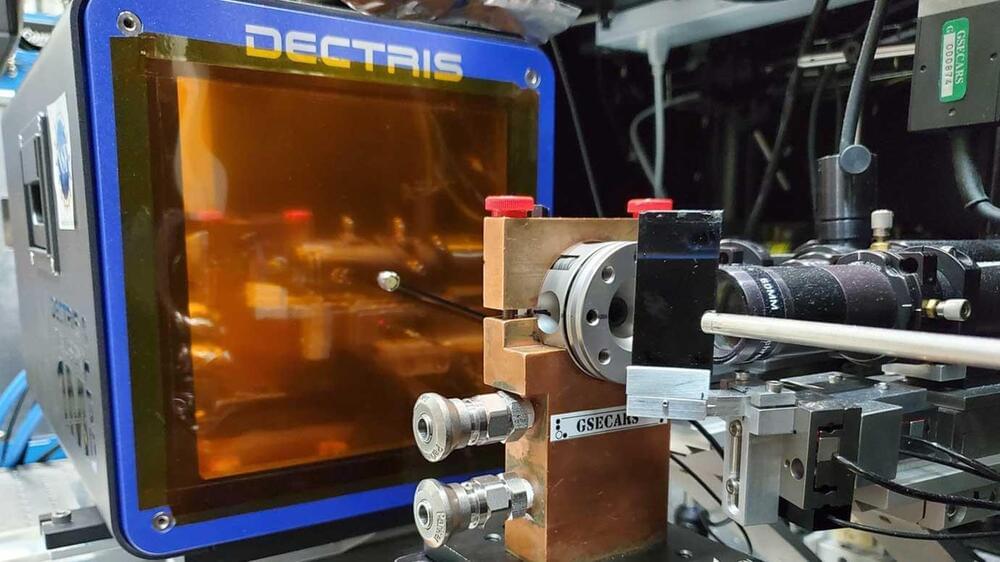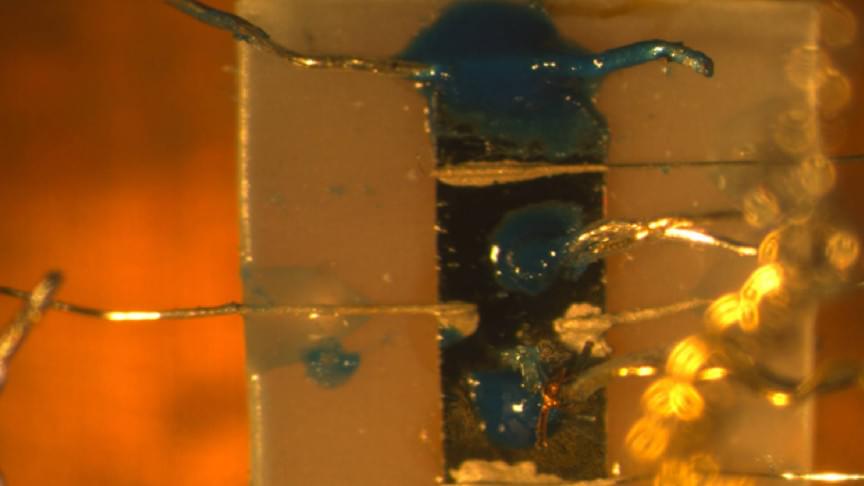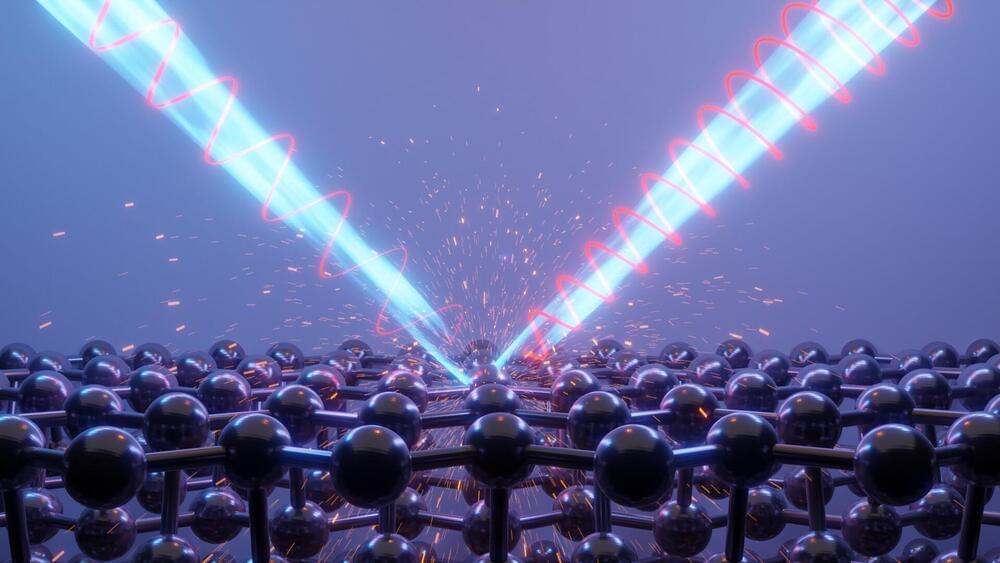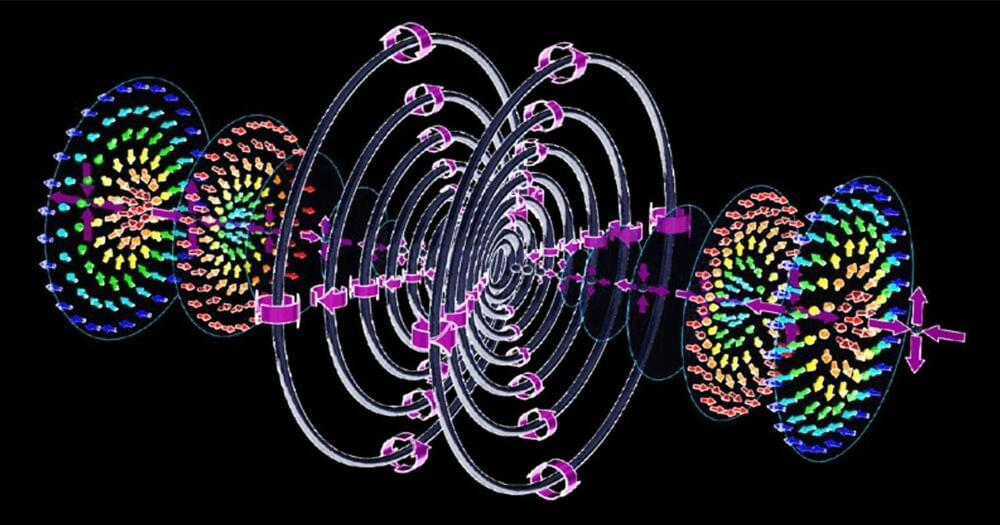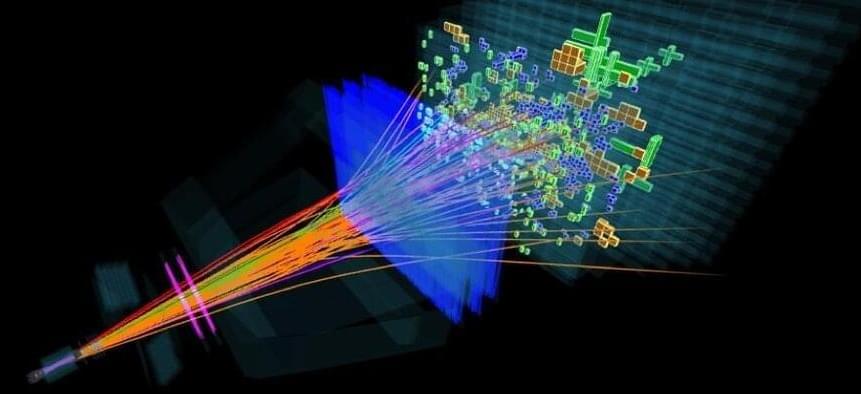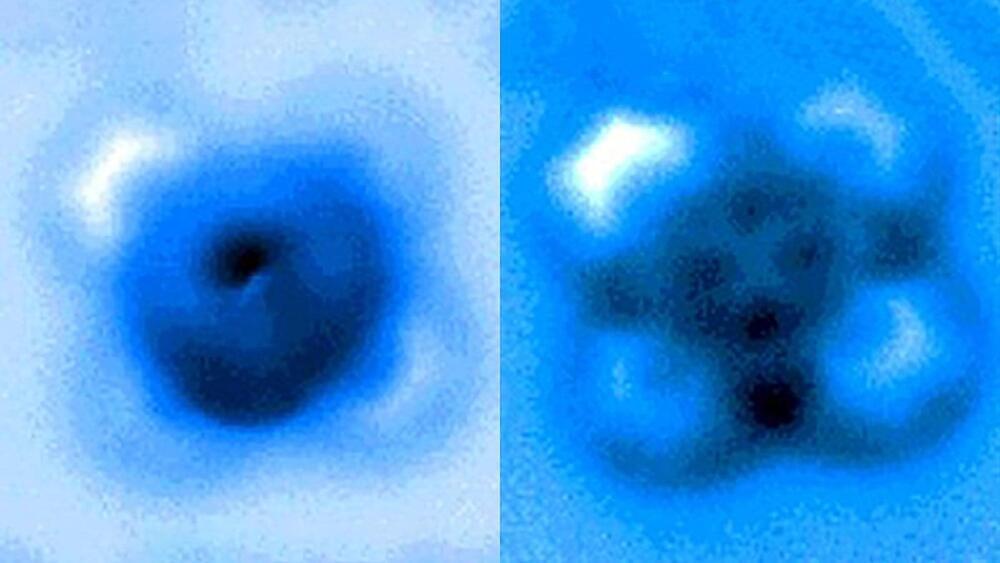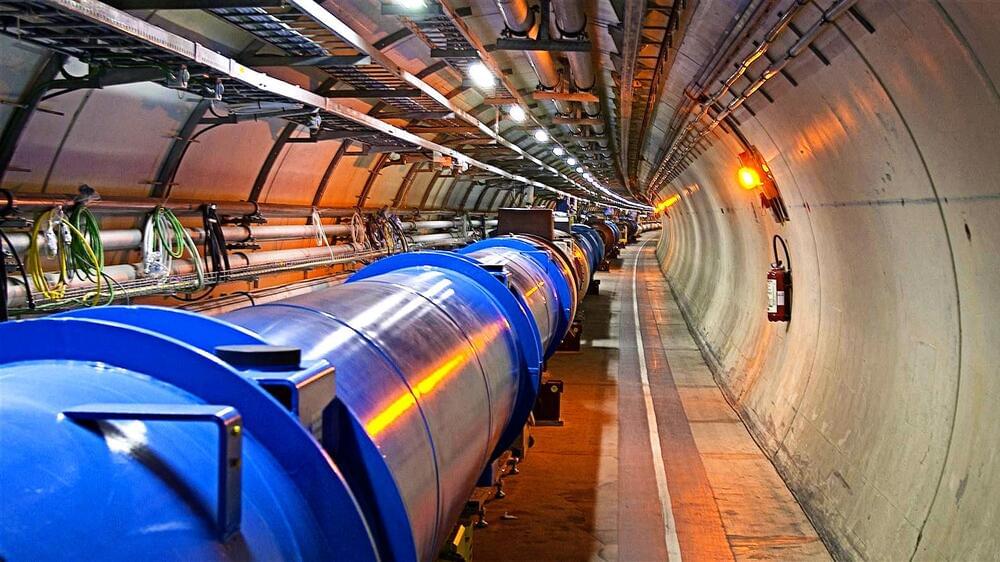Scientists at the University of Chicago say that they’ve successfully created a “strange” new state of matter in the laboratory called “superionic ice” — and that the stuff might already exist inside planets in our solar system.
“It was a surprise — everyone thought this phase wouldn’t appear until you are at much higher pressures than where we first find it,” co-author and University of Chicago researcher Vitali Prakapenka said in a press blurb. “But we were able to very accurately map the properties of this new ice, which constitutes a new phase of matter, thanks to several powerful tools.”
Prakapenka’s team used a particle acclerator to fire electons between two pieces of diamond, creating unfathomable pressures of 20 gigapascals in a sample of water and causing it to form an entirely new structure that reverted when they relieved the pressure.
